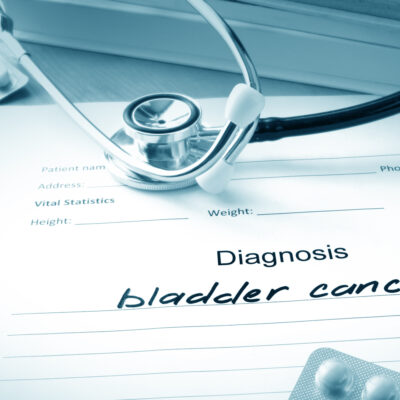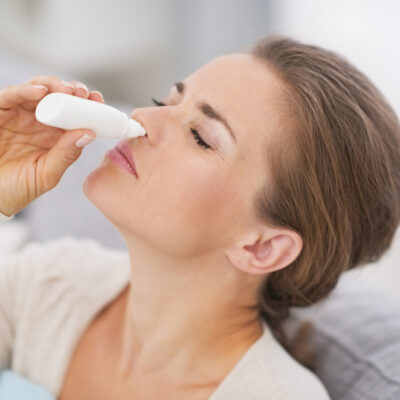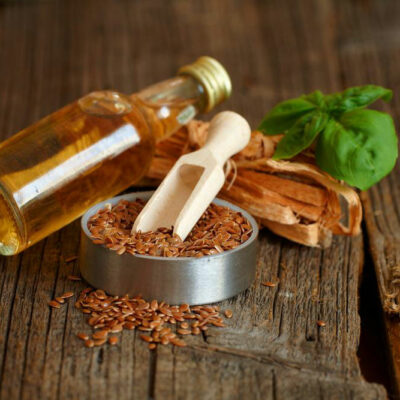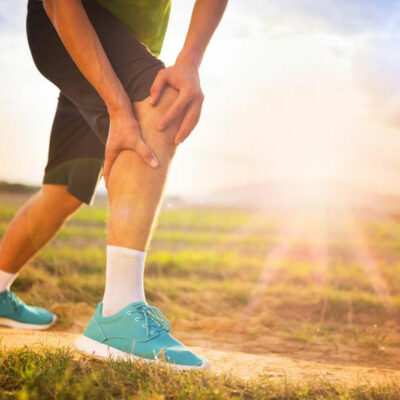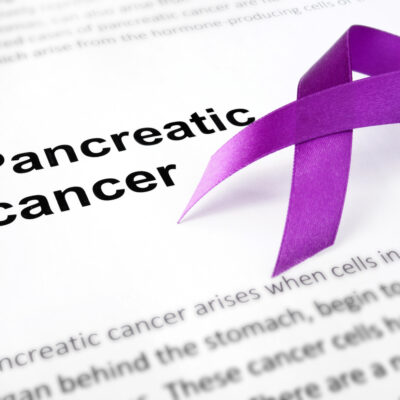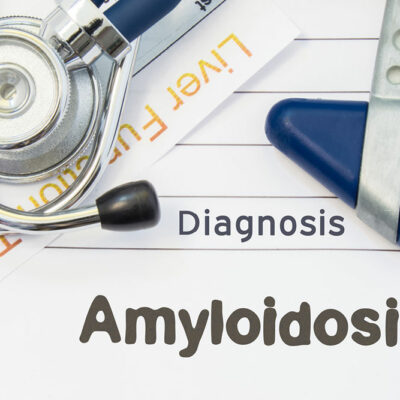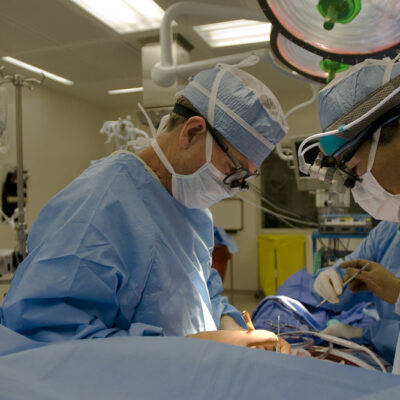
Health
Surgeries for Treating Kidney Cancer
Kidney cancer is quite rare and diagnosing the symptoms can be difficult. In most cases, the disease remains undetected, is accidentally found, or is diagnosed in the later stages. Doctors will often suggest surgery as it is one of the best treatments for renal (kidney) cancer and gives patients the best means of survival. Doctors remove the affected kidney, helping patients live a longer life. Based on the stage of cancer and the affected area, doctors perform surgery to remove the cancer-affected parts along with kidney tissues. In most cases, the surgery is also done to remove the adrenal gland and fatty tissues. Some different surgeries that are used to treat kidney cancer include the following: 1. Radical nephrectomy One of the most common treatments for renal/kidney cancer, in this procedure doctors mostly remove the kidney along with the adrenal gland, fat tissues, and lymph nodes present around the kidney. Doctors even make a slit in different places. The slits made are mostly in the belly region and the back. The surgery comes with its set of advantages, as it helps the doctors understand the situation and the stage. Sometimes, doctors even leave the adrenal gland if cancer only affects the lower part of the kidney.
Read More 

